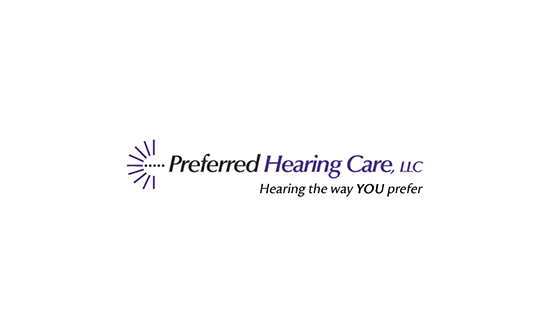Do you find yourself concerned about hearing loss from excessive noise levels on the job? Extreme noise levels are one of the most frequent causes of hearing damage. Thinking about your ability to hear is a natural reaction for anyone working in a high-noise occupation.Approximately 30 million workers risk unsafe noise exposure at work according to the CDC.Employees in high-noise fields need to equip themselves with the specifics of occupational hearing safety and maintain an open dialogue with their companies.
Below is a starter list of jobs where hearing damage is a serious problem.
- Manufacturing – Manufacturing jobs account for the largest numbers of permanent hearing losses suffered in the workplace. Manufacturing positions routinely expose workers to machinery and equipment which produces over 90 decibels of noise.
- Construction – The second highest number of permanent hearing loss disabilities suffered at work is among construction workers. Construction equipment routinely exposes workers to heavy machinery which produces over 90 decibels. A WA State study of construction workers discovered that in spite of being exposed to noise levels exceeding 85 decibels during 70 percent of their shifts, construction workers only wore hearing protectors 20 percent of the time (or less).
- Chemicals Industry – Contact with certain chemical substances has been known to cause accelerated hearing loss by itself. These particular chemicals now known to combine synergistically with noise resulting in increased hearing loss.
- Bartenders and DJs – Absolutely everyone that works in a nightclub – bartenders, security, wait staff – is at risk, not just the musicians. In a controlled research study, sound levels of up to 108 decibels were recorded in the nightclubs. The average level for a typical nightclub outing was 96 decibels which is over the sound level at which employers are required to furnish hearing protection. The study came to the conclusion that DJs are at considerable risk of developing noise-induced hearing loss and noise exposure in nightclubs regularly surpasses safe levels.
- Musicians – Between rehearsals, recordings and live shows, musicians are continually surrounded by sound. The list of famed music artists with permanent hearing impairment or tinnitus keeps growing each and every year. Well known names on the current list include Pete Townshend and Ludwig van Beethoven.
- Orchestra – Research on the noise exposures of classical musicians encountered during both performances and rehearsals found that the brass section averaged 95 decibels while the strings and brass section averaged 90 decibels. Peak volumes were 130 decibels in the brass and percussion sections. Another Swedish study demonstrated that 59 out of 139 orchestra musicians (42%) had hearing losses higher than that normal for their ages.
- Airport Staff – The sound of an airplane engine is one of the loudest auditory occupational hazards, with noise levels at a shocking 140 dB.
- Paramedics and Firefighters – The many sirens whirring accumulate over time. Several research studies have explored the prevalence of hearing disabilities in firefighters and ambulance drivers with most concluding that firefighters experienced increased hearing damage when compared with the general public of similar age.
- Armed Forces – The number one disability among United States military personnel is hearing loss. As stated by the Deafness Research Foundation, over 65 percent of returning combat troops from Afghanistan suffer from noise-induced hearing loss.
- Farming – Farmers are routinely exposed to excessive noise and the utilization of ear protection among farm and agricultural workers is not common. Studies have shown that 25 percent of male farmers develop hearing impairments by the age of 30 and 50% by the age of 50.
The site information is for educational and informational purposes only and does not constitute medical advice. To receive personalized advice or treatment, schedule an appointment.
